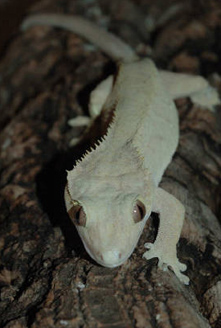
The project was led by MIT Institute Professor Robert Langer and Jeff Karp, an instructor of medicine at Brigham and Women’s Hospital and Harvard Medical School.
A thin coating of glue that helps the bandage stick in wet environments, such as to heart, bladder or lung tissue, is layered over this thin setting.
The biodegradable property of the bandage makes it dissolve over time and cuts its requirement to be removed.
There is a big need for a tape-based medical adhesive, said Karp.
For use in the body, gecko-like dry adhesives must be adapted to stick in a wet environment and be constructed from materials customized for medical applications. Such materials must be biocompatible, biodegradable and elastic, so that they can conform to and stretch with the body’s tissues.
The MIT researchers met these requirements by building their medical adhesive with a biorubber invented by Karp, Langer and others. Using micropatterning technology-the same technology used to create computer chips-the researchers shaped the biorubber into different hill and valley profiles at nanoscale dimensions.
After testing them on intestinal tissue taken from pigs, they selected the stickiest profile, one with pillars spaced just wide enough to grip and interlock with the underlying tissue. Karp then added a very thin layer of a sugar-based glue, to create a strong bond even to a wet surface.
According to Karp, the resulting bandage is something we never expect to remove.
Because of that difference we’re not mimicking the gecko which has sticky paws but can still lift them up to walk. We are inspired by the gecko to create a patterned interface to enhance the surface area of contact and thus the overall strength of adhesion, he added.
When tested against the intestinal tissue samples from pigs, the nanopatterned adhesive bonds were twice as strong as unpatterned adhesives. In tests of the new adhesive in living rats, the glue-coated nanopatterned adhesive showed over a 100 percent increase in adhesive strength compared to the same material without the glue.
Moreover, the rats showed only a mild inflammatory response to the adhesive, a minor reaction that does not need to be overcome for clinical use.
Among other advantages, the adhesive could be infused with drugs designed to release as the biorubber degrades. Further, the elasticity and degradation rate of the biorubber are tunable, as is the pillared landscape. This means that the new adhesives can be customized to have the right elasticity, resilience and grip for different medical applications.
This is an exciting example of how nanostructures can be controlled, and in so doing, used to create a new family of adhesives, said Langer.
